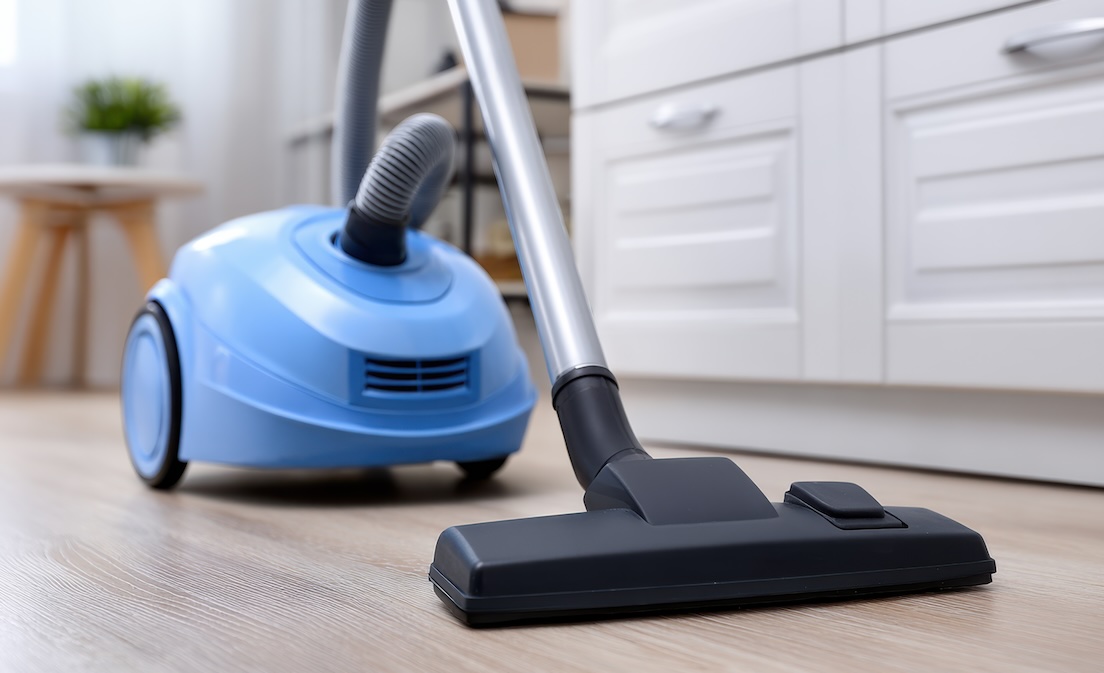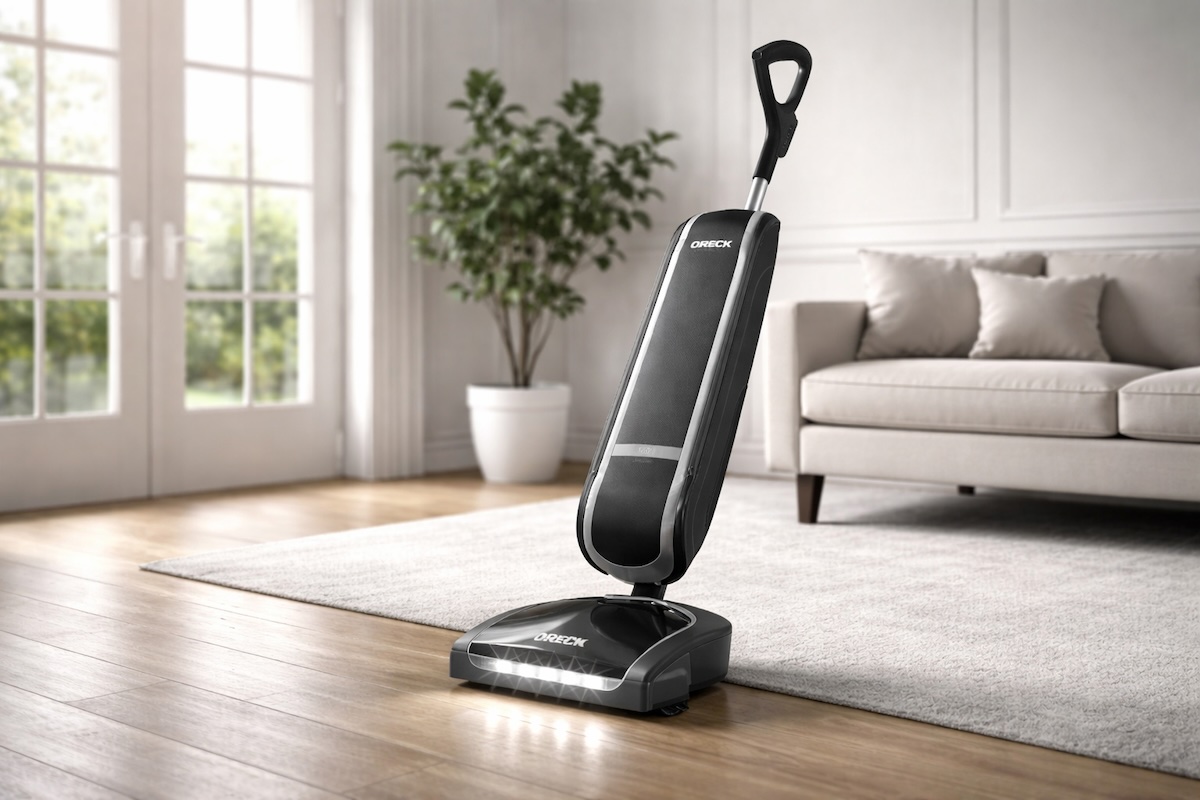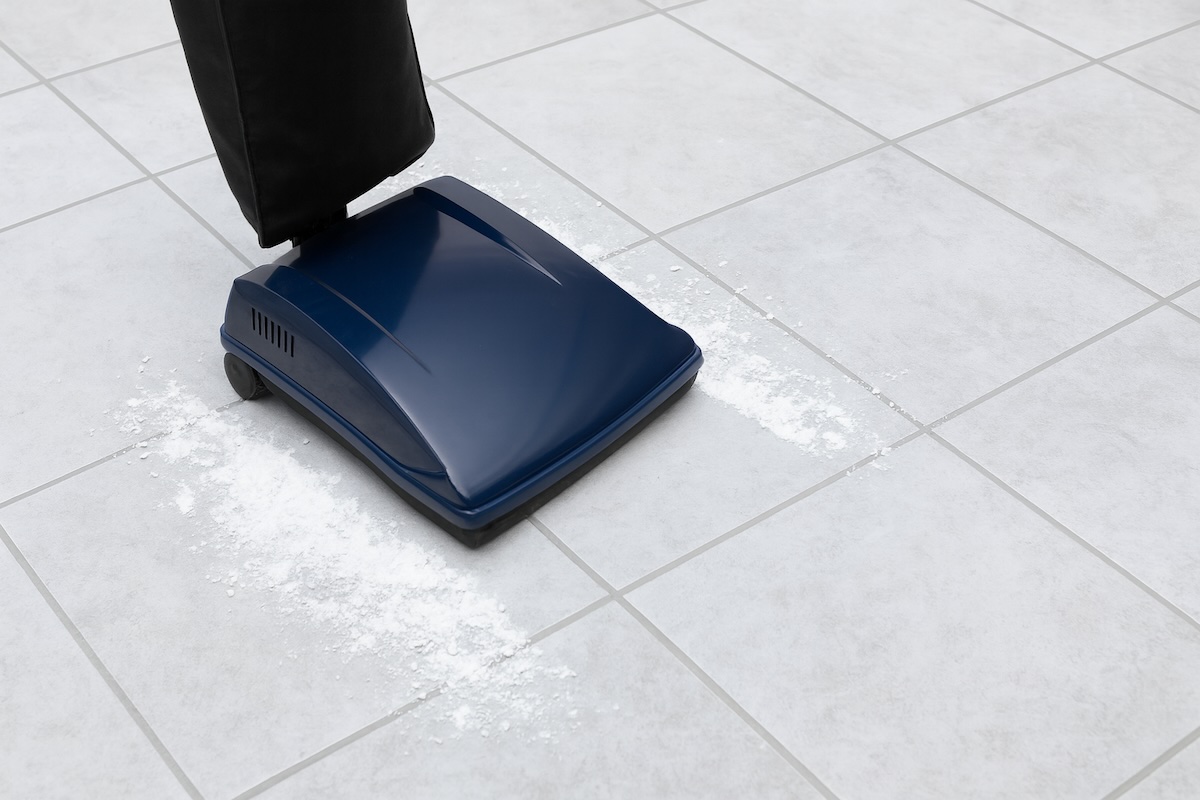A vacuum cleaner is an investment in the cleanliness and air quality of your home. How long that investment lasts depends on what you buy, how you use it, and how consistently you maintain it. At Edison Vacuums, we’ve worked on everything from long-lasting Riccars to short-lived budget models, and we know what separates machines that endure from those that fade out early.
Typical Lifespan by Category
Vacuum lifespan depends more on total hours of use than on years owned. Most households can expect these general ranges under normal conditions:
| Type | Typical Lifespan | Heavy Use Lifespan |
| Budget upright or canister ($100–$300) | 3–5 years | 1–3 years |
| Budget cordless stick ($150–$400) | 2–4 years | 1–2 years |
| Mid-range corded ($300–$600) | 6–10 years | 3–6 years |
| Premium corded (Riccar, Miele, SEBO, etc.) | 10–20 years | 7–12 years |
| Robot vacuums | 2–5 years | 1–3 years |
| Central vacuum systems | 15–25+ years | 12–20 years |
These differences come down to how a vacuum is designed, assembled, and cared for over time.
Why Premium Machines Last Longer
1. Motor and Build Quality
Premium vacuums use powerful motors, reinforced brush assemblies, and thicker casings that resist cracks and warping. Budget models often rely on smaller motors and lighter materials that wear down faster under strain.
2. Filtration and Air Sealing
A sealed HEPA filtration system protects both the motor and the air you breathe. When fine dust enters bearings or windings, the motor’s lifespan begins to decline.
3. Serviceability
High-end models are made to be maintained. Motors, cords, hoses, and brushrolls can be replaced separately, which allows them to be repaired instead of discarded. Budget vacuums are usually built for limited use and rarely have replaceable parts or long-term support.
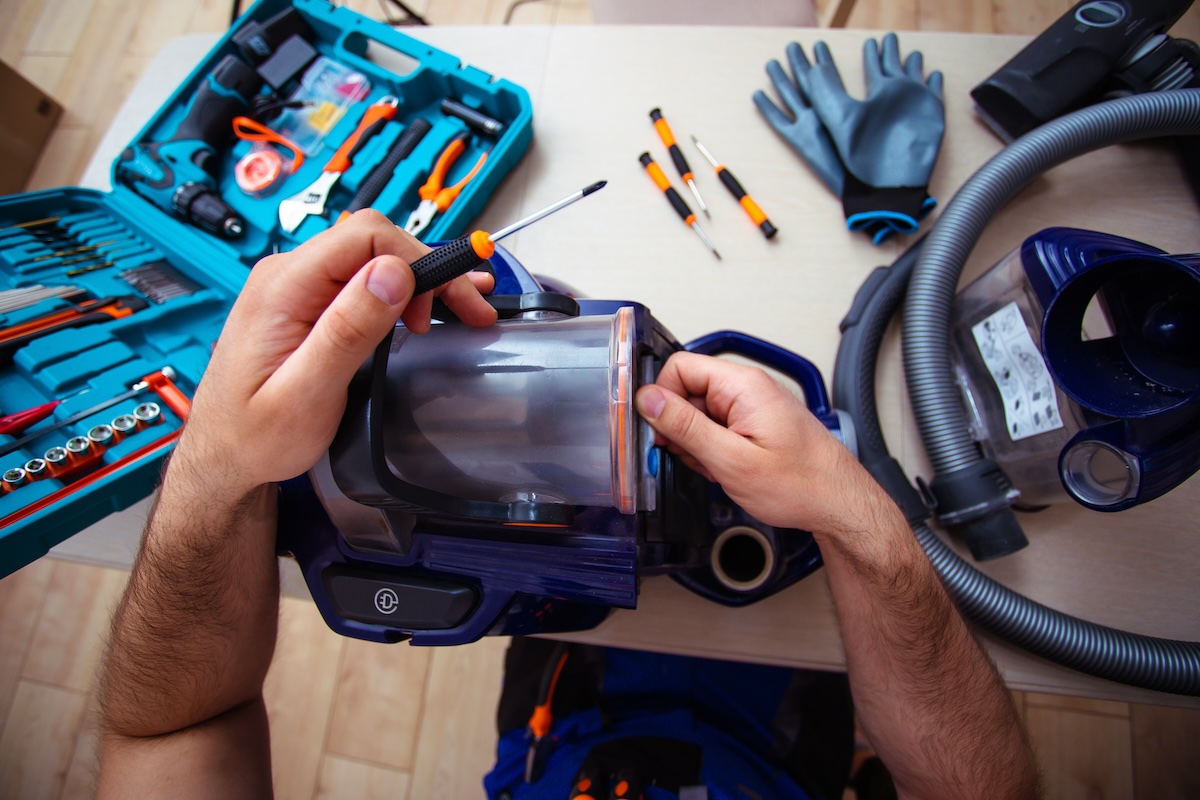
Factors That Shorten Any Vacuum’s Life
- Clogged filters and full bags: Block airflow and cause overheating.
- Hair-wrapped brushrolls: Add strain to belts and motors.
- Fine debris: Dust from drywall, ash, or cement damages bearings quickly.
- Neglected belts: Worn belts slip and reduce brush power long before they break.
- Improper storage: Heat and humidity weaken seals, cords, and plastics.
Regular cleaning and airflow maintenance prevent most of these problems.
The Cordless and Robot Caveat
Cordless sticks and robot vacuums rely on lithium-ion batteries that lose capacity over time. Once the battery weakens, suction and runtime both drop. Machines with replaceable batteries can stay in service longer, while sealed designs often reach the end of their useful life when the battery fails. Expect two to four years of solid performance before runtime noticeably decreases.
Repair or Replace?
Think of vacuum ownership in cost-per-year terms:
- A $200 vacuum that lasts three years costs about $66 per year.
- An $800 vacuum that lasts twelve years costs about $67 per year.
That comparison shows how a well-built machine often equals or exceeds the long-term value of a cheaper model. The upfront cost may be higher, but performance, filtration, and durability make up the difference.
A practical rule:
- Repair if the fix costs less than one-third of the price of a new machine.
- Replace if major components are worn or repairs exceed 60 percent of replacement cost.
Extending Your Vacuum’s Lifespan
Regular upkeep is the easiest way to double a vacuum’s working life. Follow these steps for reliable performance:
- Empty bags or bins before they fill completely.
- Clean or replace filters on schedule.
- Remove hair and string from the brushroll often.
- Store the vacuum in a cool, dry place.
- Use a shop vac for fine dust instead of a household model.
- Replace belts once a year or when suction drops.
- Inspect gaskets and seals for leaks.
Consistent maintenance prevents heat buildup and wear that shorten motor life.
When a Budget Vacuum Makes Sense
A low-cost vacuum works well for lighter use and smaller spaces. These models fit situations such as:
- Apartments or single-story homes.
- Low-traffic spaces needing quick cleanups.
- Homes that already have a central vacuum or robot for deep cleaning.
- Users who prefer periodic replacement instead of maintenance.
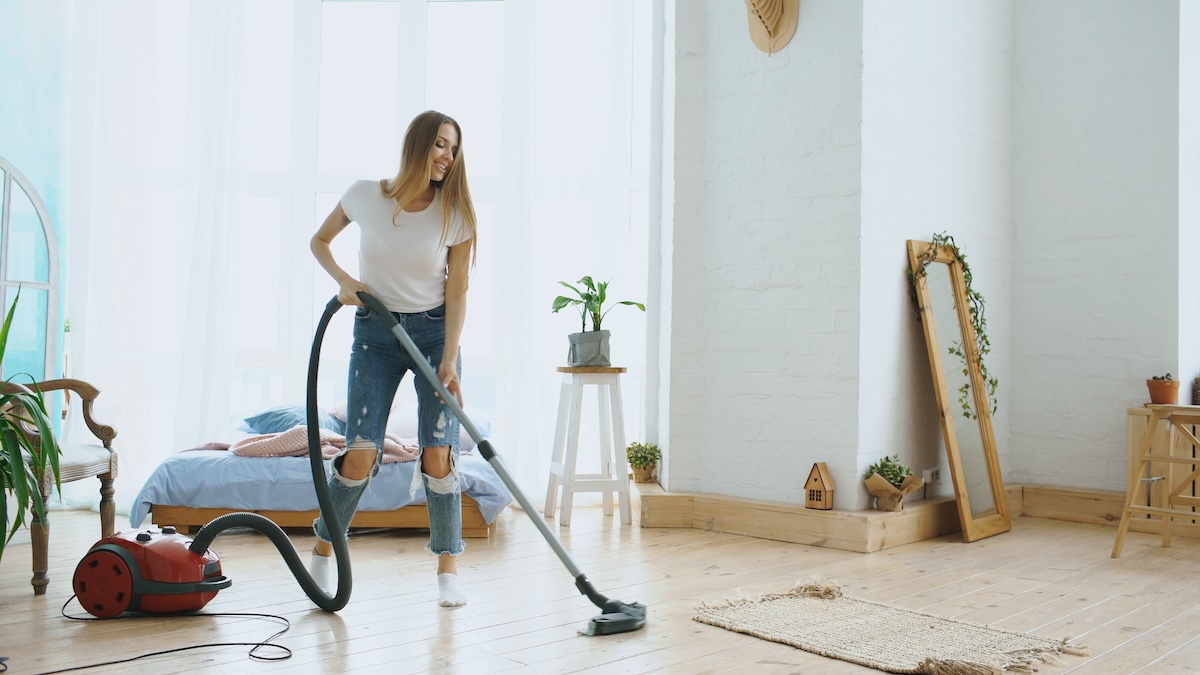
When a Premium Vacuum Pays Off
High-end vacuums deliver better results in demanding settings. They’re ideal for:
- Homes with pets or thick carpeting.
- Families managing allergies or asthma.
- Owners who prefer durable, repairable machines.
- Long-term homeowners seeking dependable performance.
Edison Vacuum carries trusted brands suited to these needs, including Riccar, Titan, Simplicity, Sanitaire, Miele, SEBO, and CycloVac.
A Smarter Long-Term Investment
Vacuum longevity depends on thoughtful design, strong construction, and regular maintenance. Budget vacuums usually perform well for three to five years, while premium models can last ten to twenty years when cared for properly. With the right upkeep, a high-quality vacuum can perform for as long as other major household appliances.
Edison Vacuum has served the Nashville area since 1960, offering expert repair, tune-ups, and a full selection of new machines. Our team can help you restore your current vacuum or choose a model that fits your home’s needs. For dependable service and advice, contact us today.

